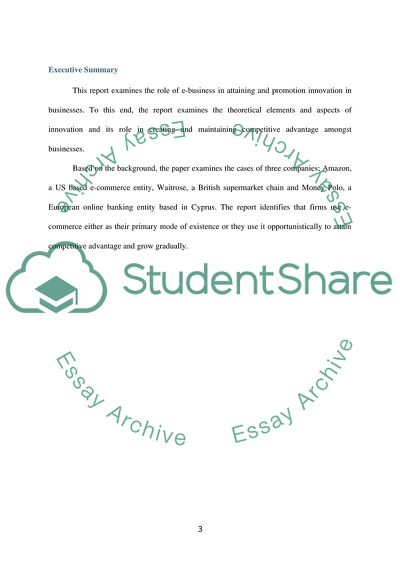Cite this document
(E-Business innovative Essay Example | Topics and Well Written Essays - 3000 words, n.d.)
E-Business innovative Essay Example | Topics and Well Written Essays - 3000 words. https://studentshare.org/e-commerce/1834259-e-business-innovative
E-Business innovative Essay Example | Topics and Well Written Essays - 3000 words. https://studentshare.org/e-commerce/1834259-e-business-innovative
(E-Business Innovative Essay Example | Topics and Well Written Essays - 3000 Words)
E-Business Innovative Essay Example | Topics and Well Written Essays - 3000 Words. https://studentshare.org/e-commerce/1834259-e-business-innovative.
E-Business Innovative Essay Example | Topics and Well Written Essays - 3000 Words. https://studentshare.org/e-commerce/1834259-e-business-innovative.
“E-Business Innovative Essay Example | Topics and Well Written Essays - 3000 Words”. https://studentshare.org/e-commerce/1834259-e-business-innovative.


